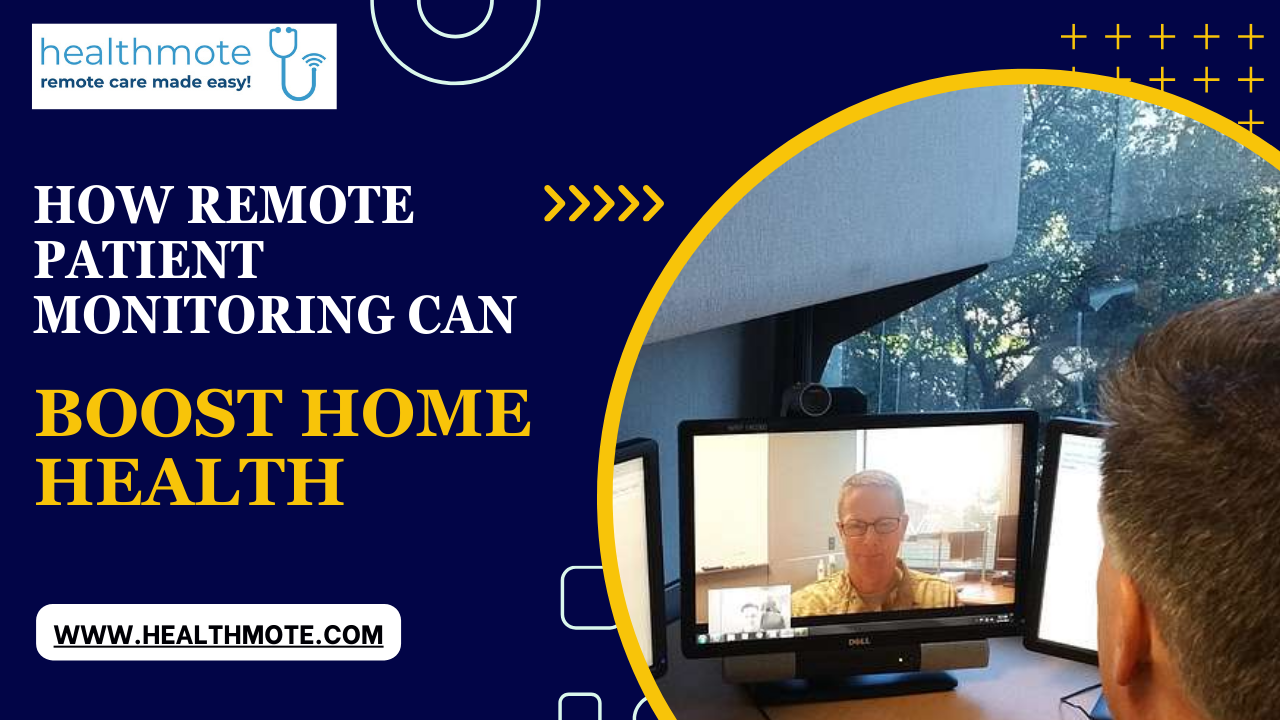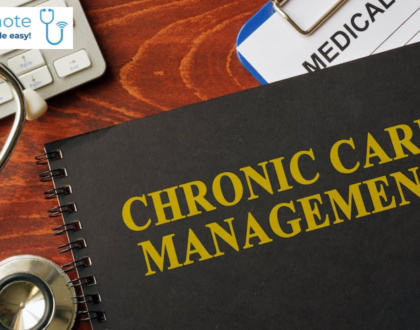
How Remote Patient Monitoring Can Boost Home Health
In today’s fast-paced world, healthcare is evolving rapidly to meet the demands of an aging population and an increasing number of individuals managing chronic illnesses. One of the most significant developments in healthcare is remote patient monitoring. This article will explore how remote patient monitoring can boost home health and discuss its benefits, working mechanisms, and role in transforming the healthcare landscape.
Remote patient monitoring is a healthcare service that leverages technology to track and monitor patients’ health data outside a traditional clinical setting. It has gained immense popularity due to its ability to enhance patient outcomes and empower individuals to manage their health proactively.
II. The Benefits of Remote Patient Monitoring
Improved Patient Outcomes
Remote patient monitoring allows healthcare providers to closely monitor patients’ vital signs, chronic conditions, and overall health. This continuous data collection helps in the early detection of health issues, leading to timely interventions and improved outcomes.
Enhanced Home Health Care
The ability to monitor patients remotely is a game-changer for home health. It provides patients the comfort of staying at home while still receiving high-quality healthcare services, reducing the need for frequent hospital visits.
Cost-Effectiveness
Remote patient monitoring not only improves care but also reduces healthcare costs. It minimizes hospital readmissions, emergency room visits, and the need for long-term institutional care, making it a cost-effective solution.
III. How Remote Patient Monitoring Works
Devices and Technology Involved
Remote patient monitoring employs various devices such as wearable sensors, mobile apps, and web-based platforms to collect patient data. These devices are easy to use, making them accessible to patients of all ages.
Data Collection and Transmission
Patient data, including vital signs, symptoms, and medication adherence, is collected and transmitted to healthcare providers in real time. This information helps in tracking a patient’s health status continuously.
IV. The Impact on Home Health
Empowering Patients
Remote patient monitoring empowers patients to take control of their health. Patients can monitor and share their data with healthcare professionals, making them active participants in their care.
Timely Interventions
Through remote monitoring, healthcare providers can identify warning signs and intervene promptly.
Reducing Hospital Readmissions
One of the significant advantages of remote patient monitoring is its ability to reduce hospital readmissions. Patients under remote monitoring are more likely to recover at home, reducing the burden on healthcare facilities.
V. The Role of Healthmote
Healthmote is at the forefront of remote patient monitoring. This innovative platform offers a range of features and services that make remote monitoring user-friendly and efficient. Healthmote aims to provide individuals with a seamless healthcare experience.
VI. Real-Life Success Stories
Let’s look at some real-life success stories of individuals who have benefited from remote patient monitoring. These stories showcase its positive impact on home health and overall quality of life.
VII. Overcoming Challenges
Privacy and Security Concerns
Remote patient monitoring relies on the exchange of sensitive healthcare data. Addressing privacy and security concerns is crucial to ensure the safety and confidentiality of patient information.
Technology Barriers
Only some people are tech-savvy, and technology barriers can be a hurdle for some patients. To fully harness the benefits of remote monitoring, efforts should be made to bridge the digital divide.
VIII. The Future of Home Health Care
Remote patient monitoring is not just a current trend; it represents the future of home health care. We can expect more innovative solutions to improve patient care and outcomes as technology advances.
In conclusion, remote patient monitoring revolutionizes home healthcare by enhancing patient outcomes, empowering individuals, and reducing healthcare costs. Healthmote and other similar platforms are pivotal in making this transformation a reality. As the healthcare landscape evolves, remote patient monitoring will continue to improve patients’ lives.
FAQs
1. What is remote patient monitoring?
Remote patient monitoring is a healthcare service that uses technology to collect and transmit patient health data outside a traditional clinical setting.
2. How does remote patient monitoring benefit home health?
Remote patient monitoring enhances home health by improving patient outcomes, empowering patients, and reducing healthcare costs.
3. What are the critical challenges in remote patient monitoring?
Privacy and security concerns and technology barriers are the primary challenges associated with remote patient monitoring.
4. Can anyone use remote patient monitoring technology?
While remote monitoring technology is user-friendly, efforts should be made to ensure accessibility for individuals facing technology barriers.
What does the future hold for remote patient monitoring? The future of remote patient monitoring is promising, with ongoing technological advancements expected to improve patient care and outcomes.

 Linkedin
Linkedin

